Centering Microscope
| Mark B | 05/07/2020 21:58:36 |
| 79 forum posts 36 photos | I'm in the process of making myself a centering microscope to my own "design". I've already prototyped it to get the dimensions correct for the optics and am making the real thing now. It consists of a 4x objective lens, a glass prism and a 10x eyepiece with a a cross graticule. I worked out that calibration is probably best achieved by small adjustments of the prism position, but I've not worked out best to achieve this yet. Looking for suggestions from anyone who had made one of these before. I'm currently thinking that with the prism mounted in a slightly undersized holder it could be moved via grub screws which would move it from the outside. Anyone made one of these before and knows of a good prism adjuster? Thanks |
| pgk pgk | 05/07/2020 23:22:47 |
| 2661 forum posts 294 photos | I don't have an answer to the query but just wonder if you're planning to work at a fixed, repeatable distance or not. And if so how are you distance finding? Otherwise any angulation to the calibration is an issue.
pgk |
| Clive Hartland | 06/07/2020 07:17:07 |
2929 forum posts 41 photos | Could you show the optical prism as there are a couple of types which need different mountings to adjust. Circular movement and centering. Also an adjustment for vertical position. This means a grub screw to set it in the vertical plane. All fixings have been soft setting epoxy glue as araldite will crack the prism(Glass) on setting hard. and causing stress in the glass. maybe mount on a circular mount with a sloping side so that long grubscrews can be used to move it set at 120 deg. Close focusis essential and I assume you will mount it on a taper or parallel stub to hold it. |
| Michael Gilligan | 06/07/2020 08:07:26 |
23121 forum posts 1360 photos | Have a look at this, Mark : **LINK** https://archive.org/details/APracticalGuideToBinocularCollimation/mode/2up ... it covers more than you need, but you should find some useful inspiration there. Ron Green was a member of our Microscopical Society and a very practical expert on such matters. MichaelG. |
| JA | 06/07/2020 08:47:20 |
1605 forum posts 83 photos | Mark I made a centring microscope that followed D A G Brown and R O Stephens' design which appeared in the Model Engineer in September 1999. I made a couple of changes: Used different focal length lenses (that were available) and a prism instead of a mirror. In both cases the mirror or prism was fixed and adjustment was made by moving the graticule. The graticule carrier was laterally held in place by four grub screws. The microscope is a useful tool but suffers from two failings: The object viewed needs to be well illuminated and one needs to be a bit of a contortionist to use it in a vertical milling machine. If I was making one now I would try to put a camera on it and view using a computer. JA |
| Gary Wooding | 06/07/2020 10:38:37 |
| 1074 forum posts 290 photos | Posted by Michael Gilligan on 06/07/2020 08:07:26:
Have a look at this, Mark : **LINK** When I was in my teens, and blissfully unaware of the problems, I dismantled a pair of binoculars to clean them. Even now, many years later, I well remember the frustrating days I spent re-aligning the prisms. But I eventually managed it. |
| Brian O'Connor | 06/07/2020 11:44:39 |
| 74 forum posts 19 photos | I made the Hemingway centring microscope which I highly recommend and wouldn't be without. The prism is glued in place and the graticule centred using four screws. |
| JA | 06/07/2020 12:27:04 |
1605 forum posts 83 photos | The Hemingway centring microscope is a redesign of the one described in the September 1999 issue of the Model Engineer. JA |
| Shadow | 06/07/2020 16:13:03 |
| 21 forum posts 1 photos | I have experience with optical instruments. I see you have assembled the components except for the spindle mount. the current image location could give you an idea of the adjustments needed. I would lock the eyepiece in place in the tube to eliminate movement. I would also Lac the reticle in. Some eyepieces have a wire ring to hold it in, some have push in type holders some have screw in type holders. I have seen some where the reticle would rattle in place if moved. Clean the reticle well on the eyepiece side prior to setting in place. Depending on the quality of the reticle there can be small black dots on the photoetched side that are not removable. The photoetched side goes toward the eyepiece. If using a small compressed air can hold it upright pointing up to avoid the liquid propellent being sprayed on the surface making a worse mess than you started with. It looks as if your prism mount slides in a round hole and the fit will effect the adjustment. I would put adjustment screws in for left-right movement and up-down movement. If your image is satisfactory that may be all that is needed. A second set would give an angular adjustment pointing to the left or right and angling up or down. |
| Mark B | 08/07/2020 22:41:01 |
| 79 forum posts 36 photos | Thanks all for the replies, photographs and comments. I've not decided exactly how to proceed yet, but I've got several options here for finishing the project. I'm thinking that having an adjustment for the graticule / eyepiece is going to be easier than a prism adjustment. If I can get the prism almost correct, fine adjustments can be made with the screws for the graticule/eyepeice. I also like the idea of using an eyepeice camera to view on a monitor screen. That would be a future improvement. All good ideas for the weekend coming up! I'll post an update on my end result. Thanks |
| Clive Hartland | 09/07/2020 07:32:12 |
2929 forum posts 41 photos | What I wold call collimating the center finder means that you need to rotate the center finnder 180 deg. to see what errors you have in the 2nd. face. This means you need to adjust half on the graticule and half on the mechanical body. You carry out this procedure until you eliminate the errors, the graticule should stay central in all positions around the degree scale. Remember to clamp the tailstock if doing it in a lathe. |
| Mark B | 09/07/2020 08:54:04 |
| 79 forum posts 36 photos | Clive, I see your point about collimating having read a little about it. Going back to your original post here is the prism I am using. It is a prism from a broken pair of cheap binoculars without any prism adjustment for me to take inspiration from! The holder is quite crude and I'm expecting to have to make something different to allow for adjustment. Here is a view of the prism in place. At the moment it is held in the body of the scope by a single scrub screw to keep it fixed - no adjustment possible at the moment. Looking through the scope, the image is very clear so the prism and optics feel like the right components...
|
| Simon0362 | 09/07/2020 09:18:21 |
| 279 forum posts 91 photos | Posted by Gary Wooding on 06/07/2020 10:38:37:
Posted by Michael Gilligan on 06/07/2020 08:07:26:
Have a look at this, Mark : **LINK** When I was in my teens, and blissfully unaware of the problems, I dismantled a pair of binoculars to clean them. Even now, many years later, I well remember the frustrating days I spent re-aligning the prisms. But I eventually managed it. And I thought I was the only one who had made this mistake - mine, after many hours are 'usable' but nothing like 'right'. @Michael, thank you (once again) for your ability to find relevant information on the web - I don't think I am any slouch on this subject but you are orders of magnitude ahead of me! Next rainy day task - dig out binoculars and fix - finally! |
| Michael Gilligan | 09/07/2020 09:25:21 |
23121 forum posts 1360 photos | Posted by Simon0362 on 09/07/2020 09:18:21: […] @Michael, thank you (once again) for your ability to find relevant information on the web - I don't think I am any slouch on this subject but you are orders of magnitude ahead of me! . I did have a head’s start on you this time, Simon ... I knew Ron, and I knew exactly the document I was looking for. MichaelG. |
| John Haine | 09/07/2020 09:37:58 |
| 5563 forum posts 322 photos | One point - a Morse taper shank could prove very annoying in practice as you wind the mill head up to fit the microscope, then wind it down to centre the point on the workpiece, then find you don't have enough headroom to take the 'scope out of the spindle without moving the table. May be shorten the taper radically or fit a plain shank for a collet? (Then you find there isn't even enough headroom to remove the collet on the next job!) Not so much of a problem on the lathe of course. |
| Clive Hartland | 09/07/2020 13:49:34 |
2929 forum posts 41 photos | Mark B, the prism mount is fine except for one thing. Do not seat the prism flat on the machined surface, mill out a clearance leaving a shelf iether side of the slot so only the edges touch the prism. As for fixing, use thickened shellac . The prism mount needs a hole drilled opposite the grub screw so you can apply shellac to reach the prism. You can also apply shellac under the grub screw. That type of prism ensures you have a right angle linne of sight through the optical system, when fitted to the prism mount you can swing the prism left and right in the right angle optically, movement backwards and forwards of the mount will give you further adjustment in the other plane. Clive |
| The Scientizt | 06/12/2021 10:23:10 |
| 3 forum posts |
Great topic, thank you for sharing I was wondering though, what size tap did you use for the objective? Thanks you, T
|
| Michael Gilligan | 06/12/2021 14:32:45 |
23121 forum posts 1360 photos | Posted by The Scientizt on 06/12/2021 10:23:10:
I was wondering though, what size tap did you use for the objective?
. The RMS [Royal Microscopical Society] thread is a world-wide standard for commonly-used objectives I will post a picture later this afternoon MichaelG. |
| JA | 06/12/2021 14:48:10 |
1605 forum posts 83 photos | I used a standard Whitworth form microscope thread, probably RMS, since the design I copied used it. The thread is very strange, 51/64" x 36tpi. I did not even try to find taps and dies but screw cut all the threads, external and internal, with a single point tool. This was not difficult since only brass and good quality aluminium was used. However before cutting the threads it is wise to make a couple of thread gauges, particularly for the internal threads, from steel. JA Edited By JA on 06/12/2021 14:49:15 |
| Michael Gilligan | 06/12/2021 15:13:35 |
23121 forum posts 1360 photos | Posted by Michael Gilligan on 06/12/2021 14:32:45: […] I will post a picture later this afternoon MichaelG. . This page should do : **LINK** https://www.sizes.com/library/technology/RMS_thread.htm Note: the RMS thread is often referenced as W0.8 x 36tpi or some-such MichaelG. . Edit: __ See also: http://www.science-info.net/docs/etc/RMSthread.jpg
Edited By Michael Gilligan on 06/12/2021 15:20:00 |
Please login to post a reply.
Want the latest issue of Model Engineer or Model Engineers' Workshop? Use our magazine locator links to find your nearest stockist!
Sign up to our newsletter and get a free digital issue.
You can unsubscribe at anytime. View our privacy policy at www.mortons.co.uk/privacy
- *Oct 2023: FORUM MIGRATION TIMELINE*
05/10/2023 07:57:11 - Making ER11 collet chuck
05/10/2023 07:56:24 - What did you do today? 2023
05/10/2023 07:25:01 - Orrery
05/10/2023 06:00:41 - Wera hand-tools
05/10/2023 05:47:07 - New member
05/10/2023 04:40:11 - Problems with external pot on at1 vfd
05/10/2023 00:06:32 - Drain plug
04/10/2023 23:36:17 - digi phase converter for 10 machines.....
04/10/2023 23:13:48 - Winter Storage Of Locomotives
04/10/2023 21:02:11 - More Latest Posts...
- View All Topics
- Reeves** - Rebuilt Royal Scot by Martin Evans
by John Broughton
£300.00 - BRITANNIA 5" GAUGE James Perrier
by Jon Seabright 1
£2,500.00 - Drill Grinder - for restoration
by Nigel Graham 2
£0.00 - WARCO WM18 MILLING MACHINE
by Alex Chudley
£1,200.00 - MYFORD SUPER 7 LATHE
by Alex Chudley
£2,000.00 - More "For Sale" Ads...
- D1-3 backplate
by Michael Horley
Price Not Specified - fixed steady for a Colchester bantam mark1 800
by George Jervis
Price Not Specified - lbsc pansy
by JACK SIDEBOTHAM
Price Not Specified - Pratt Burnerd multifit chuck key.
by Tim Riome
Price Not Specified - BANDSAW BLADE WELDER
by HUGH
Price Not Specified - More "Wanted" Ads...
Do you want to contact the Model Engineer and Model Engineers' Workshop team?
You can contact us by phone, mail or email about the magazines including becoming a contributor, submitting reader's letters or making queries about articles. You can also get in touch about this website, advertising or other general issues.
Click THIS LINK for full contact details.
For subscription issues please see THIS LINK.
Model Engineer Magazine
- Percival Marshall
- M.E. History
- LittleLEC
- M.E. Clock
ME Workshop
- An Adcock
- & Shipley
- Horizontal
- Mill
Subscribe Now
- Great savings
- Delivered to your door
Pre-order your copy!
- Delivered to your doorstep!
- Free UK delivery!

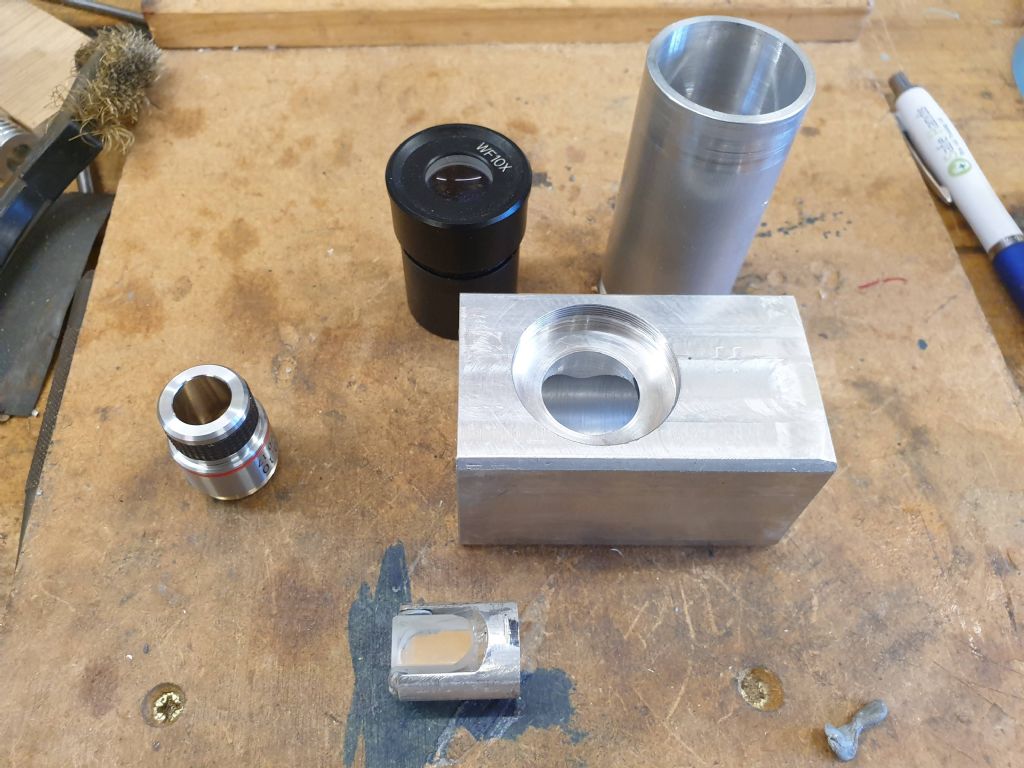
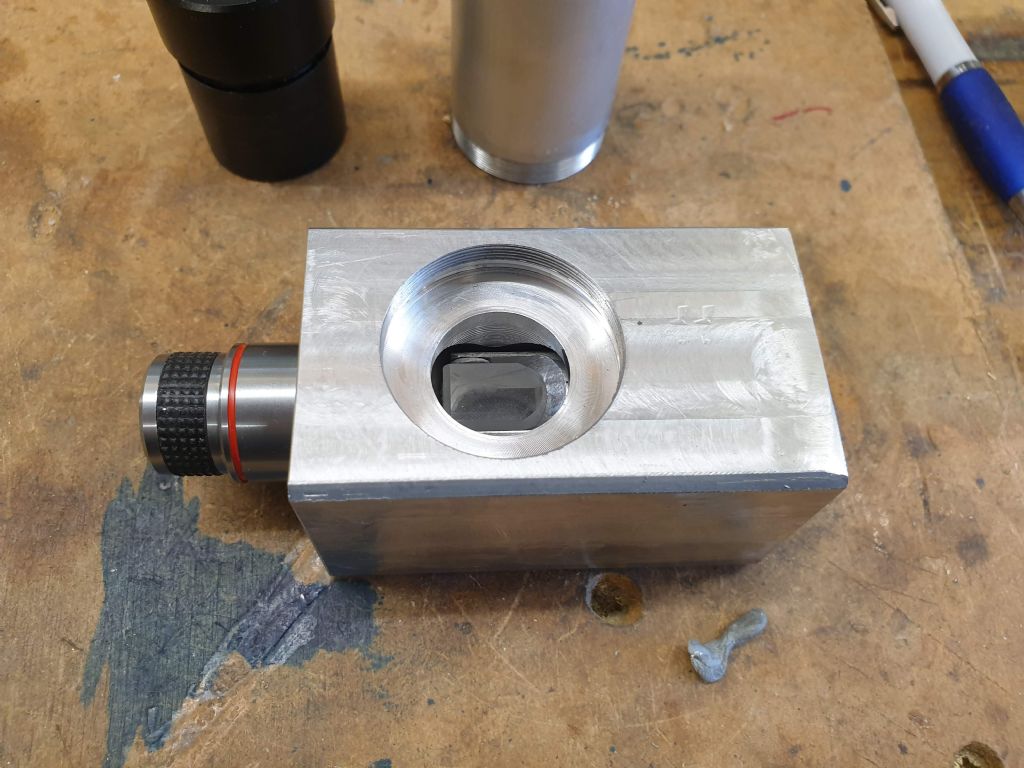
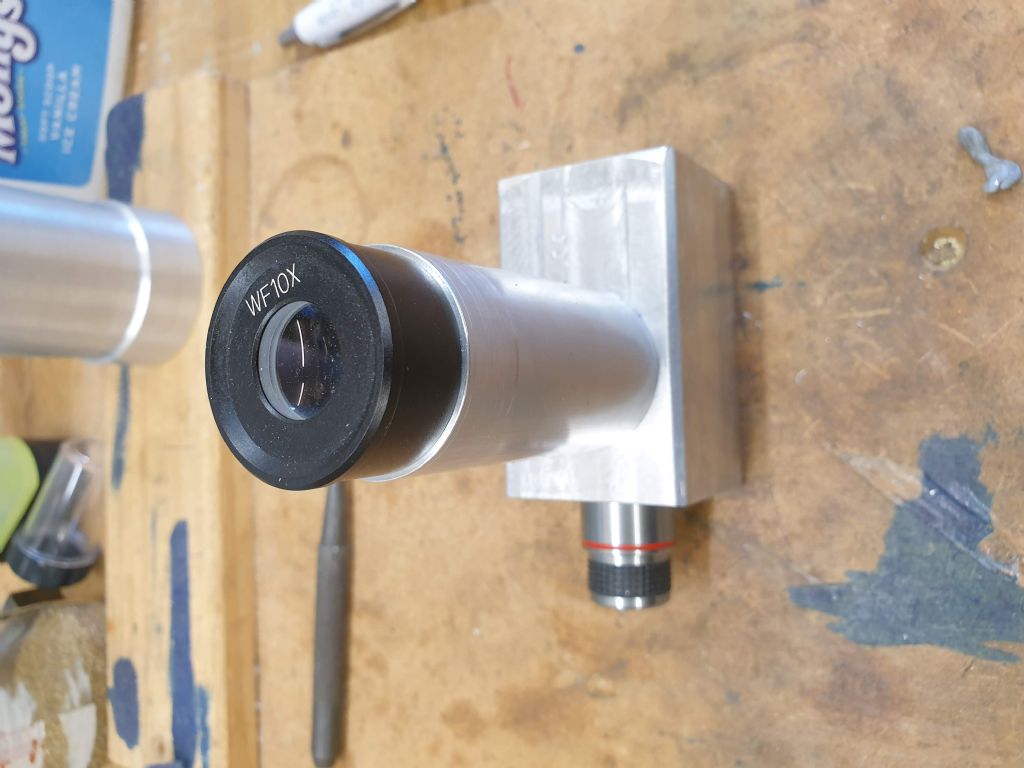



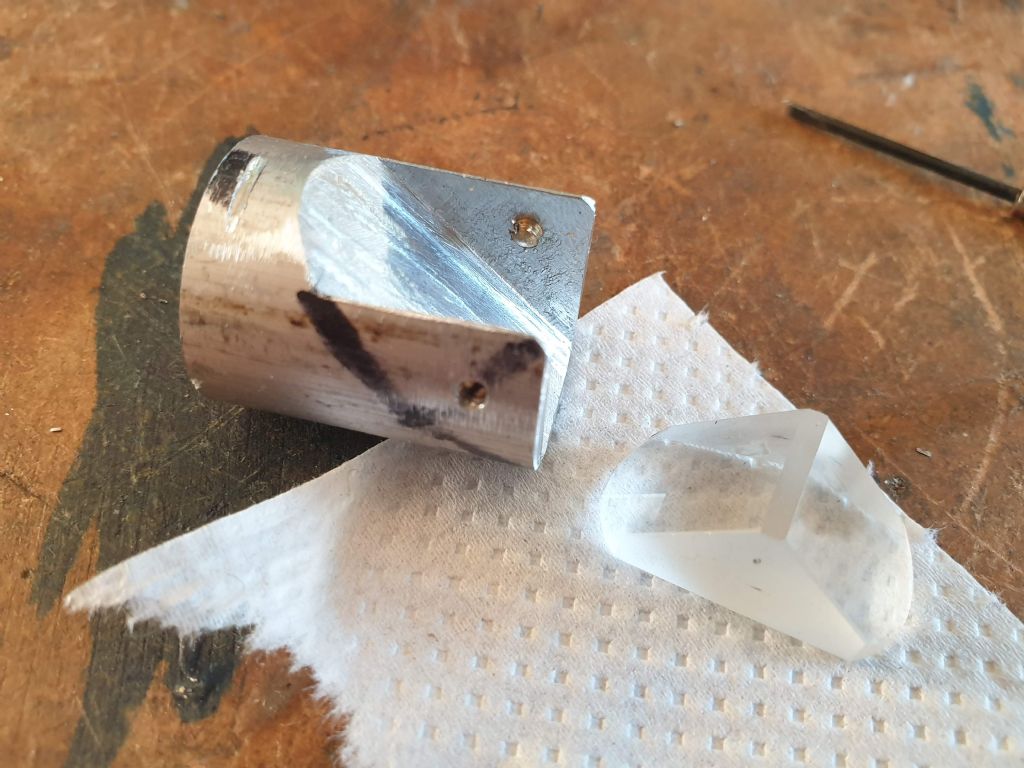
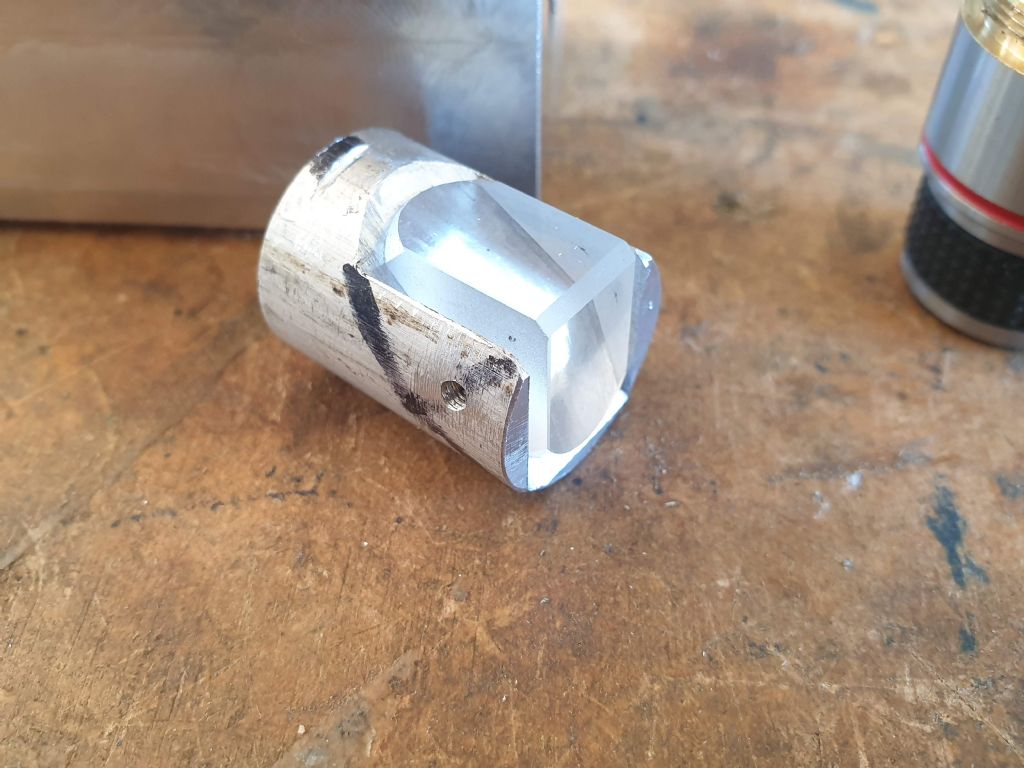
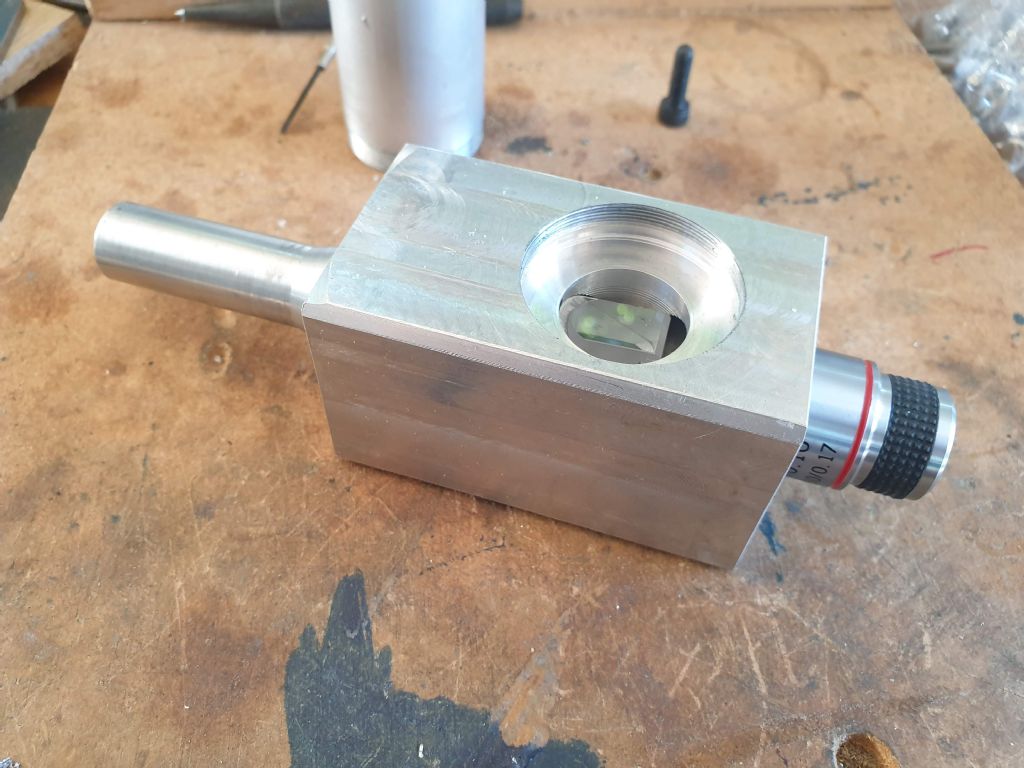









 Register
Register Log-in
Log-in


